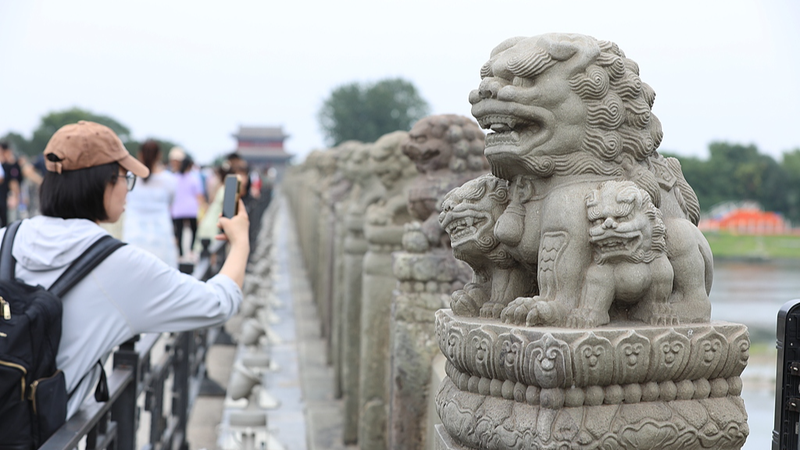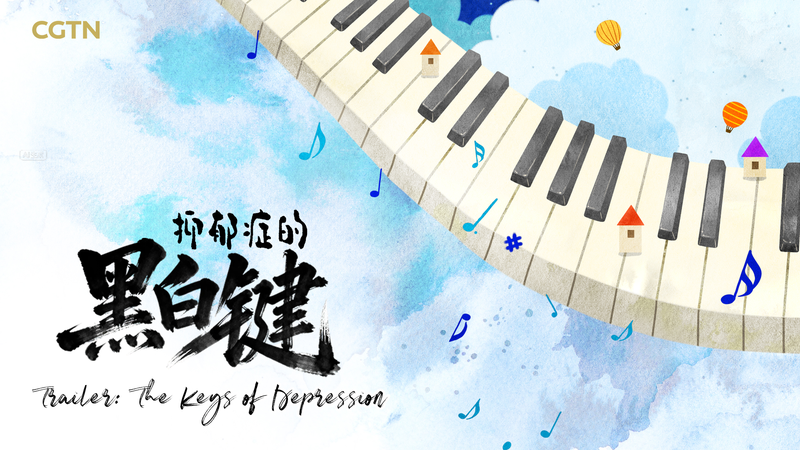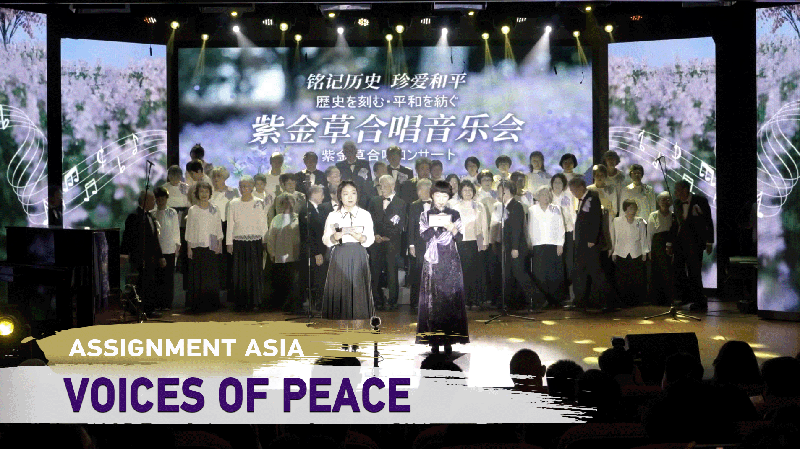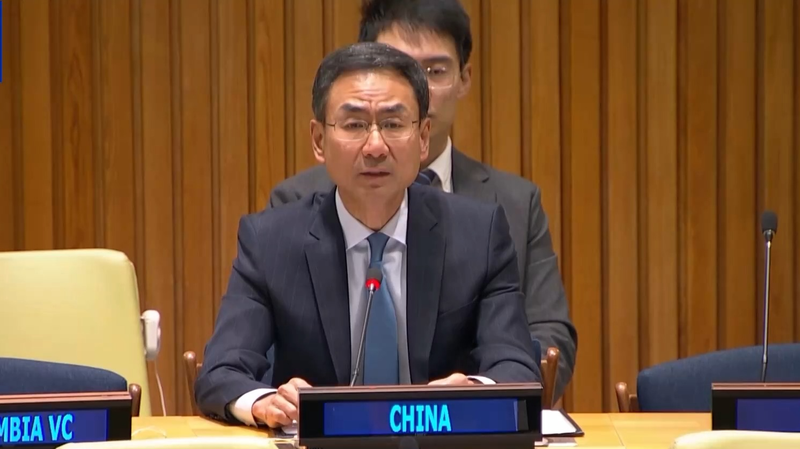On July 7, 1937, a spark at the Lugou Bridge—better known in the West as the Marco Polo Bridge—near Beijing would change history. Shots rang out under the moonlit arches, marking the start of Japan’s full-scale invasion of China and igniting what came to be known as China’s War of Resistance.
Today, the bridge’s ancient stones and the legendary stone lions standing guard on its sides still bear silent witness to those turbulent days. Once torn by conflict, the surrounding landscape has since been renewed, blending the weight of history with signs of modern life and lush greenery.
As a powerful symbol of national resolve, the Lugou Bridge embodies a spirit of fearlessness, unity, and unyielding will. Visitors pause at the adjacent Memorial Hall to honor the past, exploring exhibits that trace civilian stories, frontline struggles, and the sacrifices that shaped a nation.
Every day, travelers from around the world stroll across the bridge’s timeless arches, capturing photos and reflecting on the lessons of unity against aggression and the value of peace. The site’s renewed pathways and interpretive displays invite younger generations to connect with history in a meaningful way.
In an era of global challenges, the Marco Polo Bridge stands as more than a relic—it’s a living classroom where echoes of the past inspire a collective commitment to harmony, resilience, and shared humanity.
Reference(s):
Marco Polo Bridge: Where history echoes, rejuvenation blooms
cgtn.com




